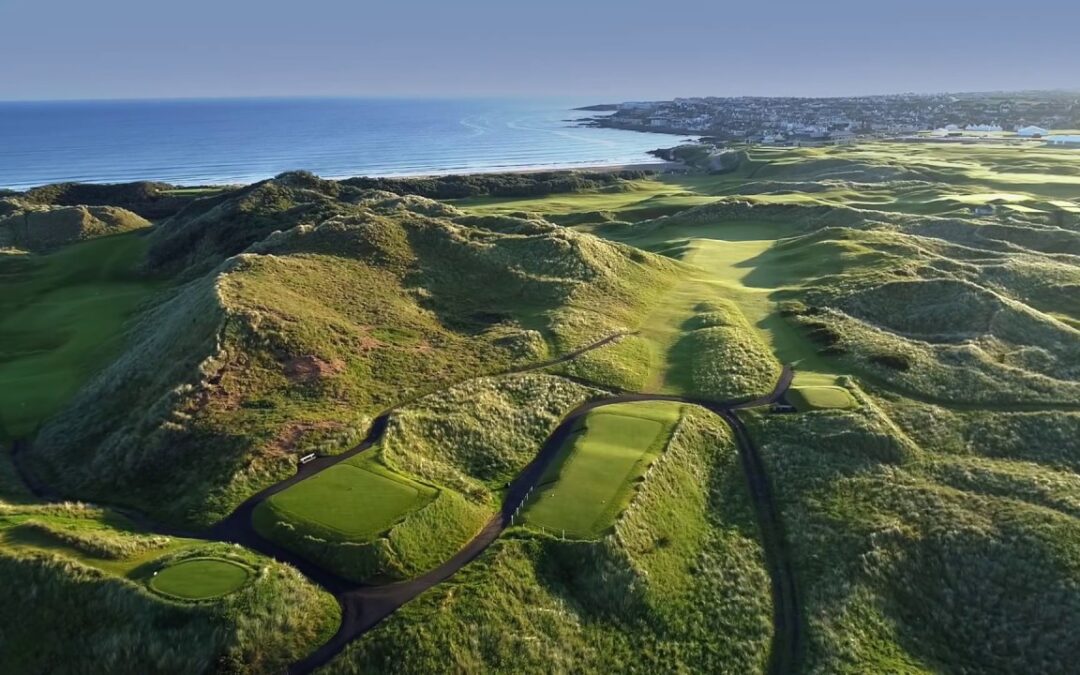
Golf & Music Tour 2024 to North and East Ireland
The challenging dog-leg left 8th hole at Portstewart Golf Club
This most recent iteration of our Golf & Music Tour took us to Northern Ireland and the Dublin area.
I believe I could say, without a doubt, we have created 20+ new links golf lovers.
Before we headed to the North, several people came into Dublin early and took advantage of visiting Malahide Castle (owned for 800 years by the Talbot family) and later in the week got to go to the Guinness Storehouse and other downtown Dublin experiences when we had our free day.
 Malahide Castle
Malahide Castle
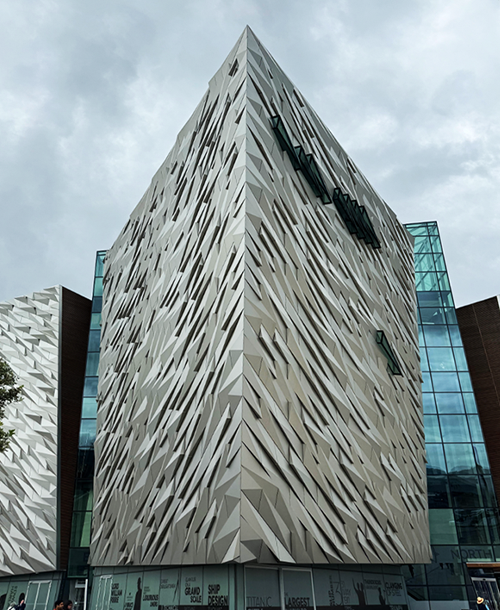 Titanic Building
Titanic Building
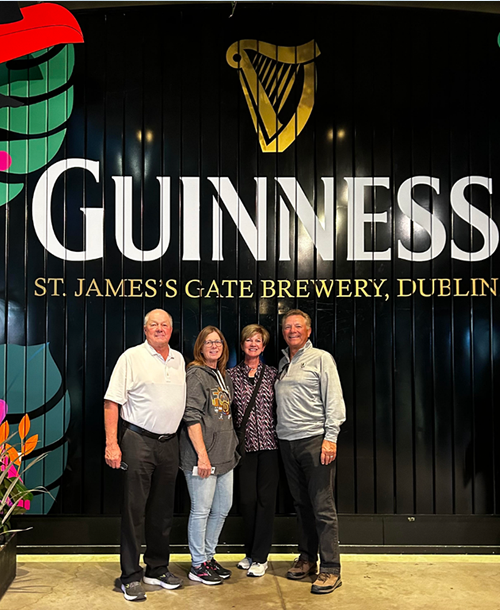 Guinness Storehouse
Guinness Storehouse
Starting with Portstewart (founded in 1894) and then taking on Royal Portrush (founded in 1888) and Royal County Down (founded in 1889), the G&M Tour group got a powerful dose of challenging links golf.
Any lost balls or lost matches were washed away with great music (and a few pints) every evening after the thrills of playing golf over magnificent dunes.
Non-golfers (I was one of them this time!) spent time exploring Dunluce Castle (ruins dating back to the 13th century), the Giant’s Causeway (mind-bending area full of 40,000 interlocking basalt columns) and then going on to the Titanic Experience in Belfast. The museum building itself is extraordinary — rising to the height of the massive Titanic, which was 10 decks high.
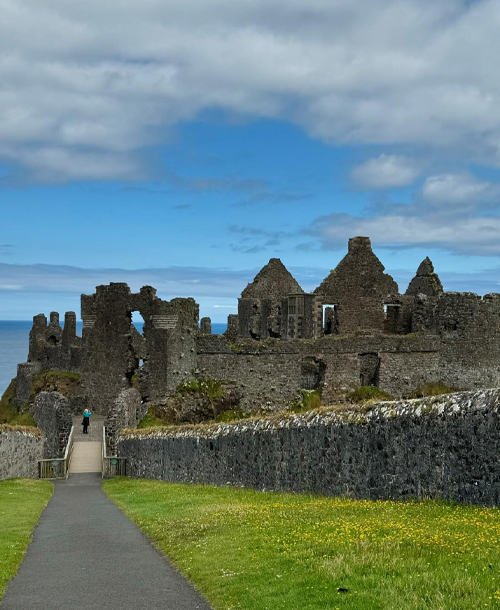 Dunluce Castle on the North County Antrim coast was used as the House of Greyjoy in Game of Thrones
Dunluce Castle on the North County Antrim coast was used as the House of Greyjoy in Game of Thrones
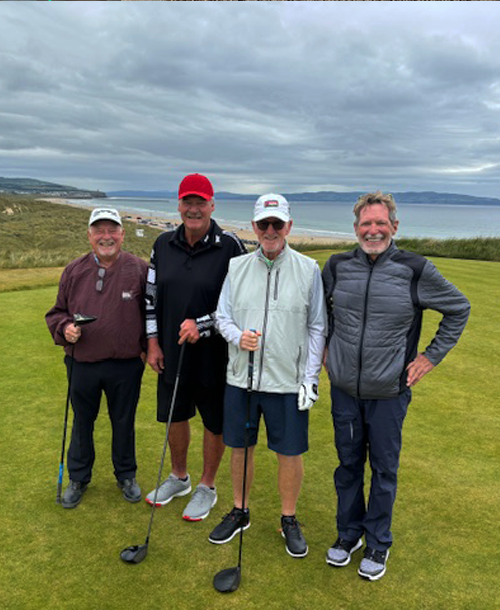 Tom Carroll, Butch Luedtke, Paul Carroll, Bill Knobbe at Portstewart
Tom Carroll, Butch Luedtke, Paul Carroll, Bill Knobbe at Portstewart
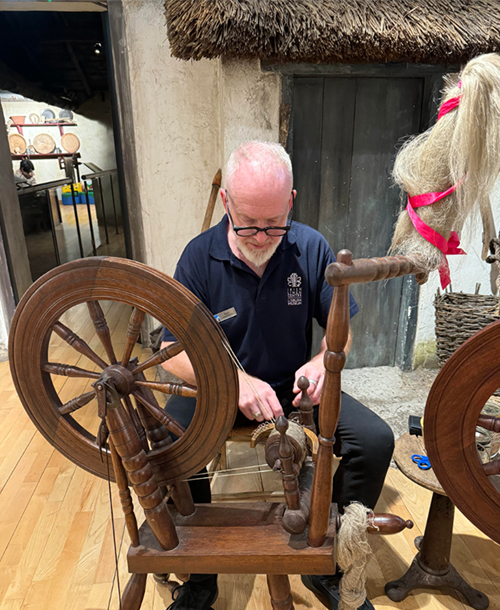 Angus demonstrates using the spinning wheel to create fine linen thread
Angus demonstrates using the spinning wheel to create fine linen thread
We also made a stop at the Irish Linen Centre in Lisburn, where we were immersed in the whole history of Irish Linen and could watch the expert spinner, Angus, turn coarse flax into fine yarn. I was transfixed to see the hand loom-weaving, which is a craft skill that has all but died out.
Once back in Malahide, day trips to nearby courses included Royal Dublin, The Island and County Louth, also affectionately known as Baltray. Since the Women’s Amateur Championship was being held at Portmarnock Golf Club, our group was scheduled to play at Jameson Links. With continuous upgrades to Portmarnock Hotel and the course, both have gone from strength to strength.
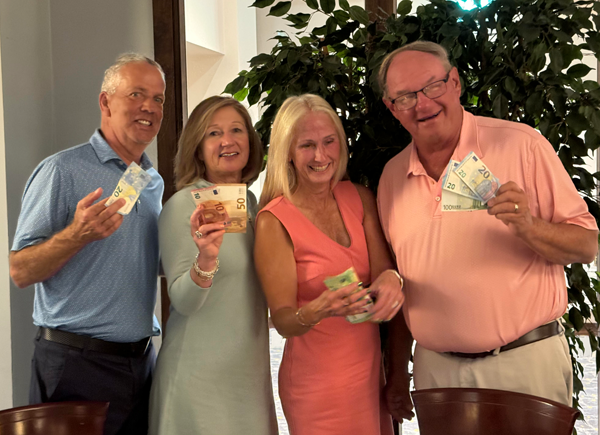 The big winners of G&M Tour week-long competition – Ed Brown, Kim Brown, Kathy Herget and Fritz Herget
The big winners of G&M Tour week-long competition – Ed Brown, Kim Brown, Kathy Herget and Fritz Herget
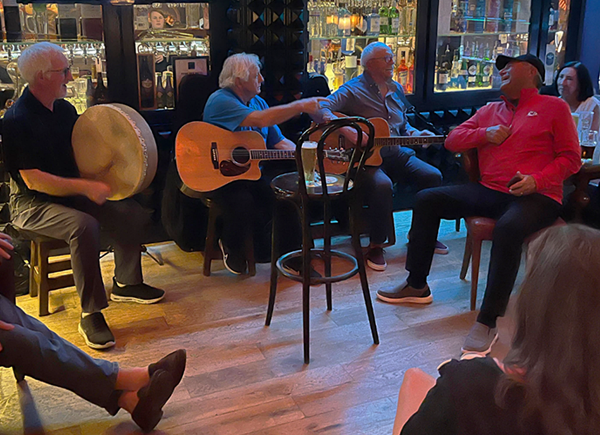 More music in Fowler’s Pub in the charming village of Malahide, outside of Dublin (near Portmarnock)
More music in Fowler’s Pub in the charming village of Malahide, outside of Dublin (near Portmarnock)
Paul Carroll and the Begley Brothers rocked our crowd with a wide range of eclectic songs from Fire and Rain to It’s a Dirty Old Town to country tunes like Wagon Wheel. Oh, and some Irish standards like Galway Girl.
We have found a winning formula and have already sold out our Golf & Music Tour to Scotland 2025.
A big hand to everyone who made this G&M Tour so fabulous, but especially to the musicians, who are all golfers too!
 The Portmarnock Clubhouse looks splendid with all the flags from the ninth fairway
The Portmarnock Clubhouse looks splendid with all the flags from the ninth fairway
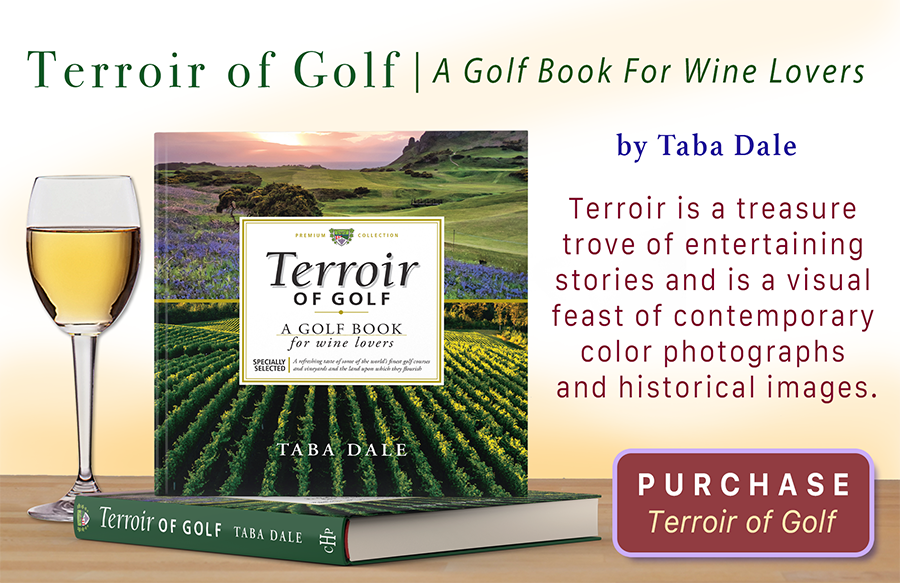


 Kevin and Taba at 17th hole
Kevin and Taba at 17th hole Two chairs are a memorial to Secession members who died in 9/11
Two chairs are a memorial to Secession members who died in 9/11 Scrumptious salmon dish
Scrumptious salmon dish A giant grey heron in flight over the marshes at Secession
A giant grey heron in flight over the marshes at Secession Gators at 18th hole
Gators at 18th hole Aerial view of the Secession Golf Course
Aerial view of the Secession Golf Course 







































